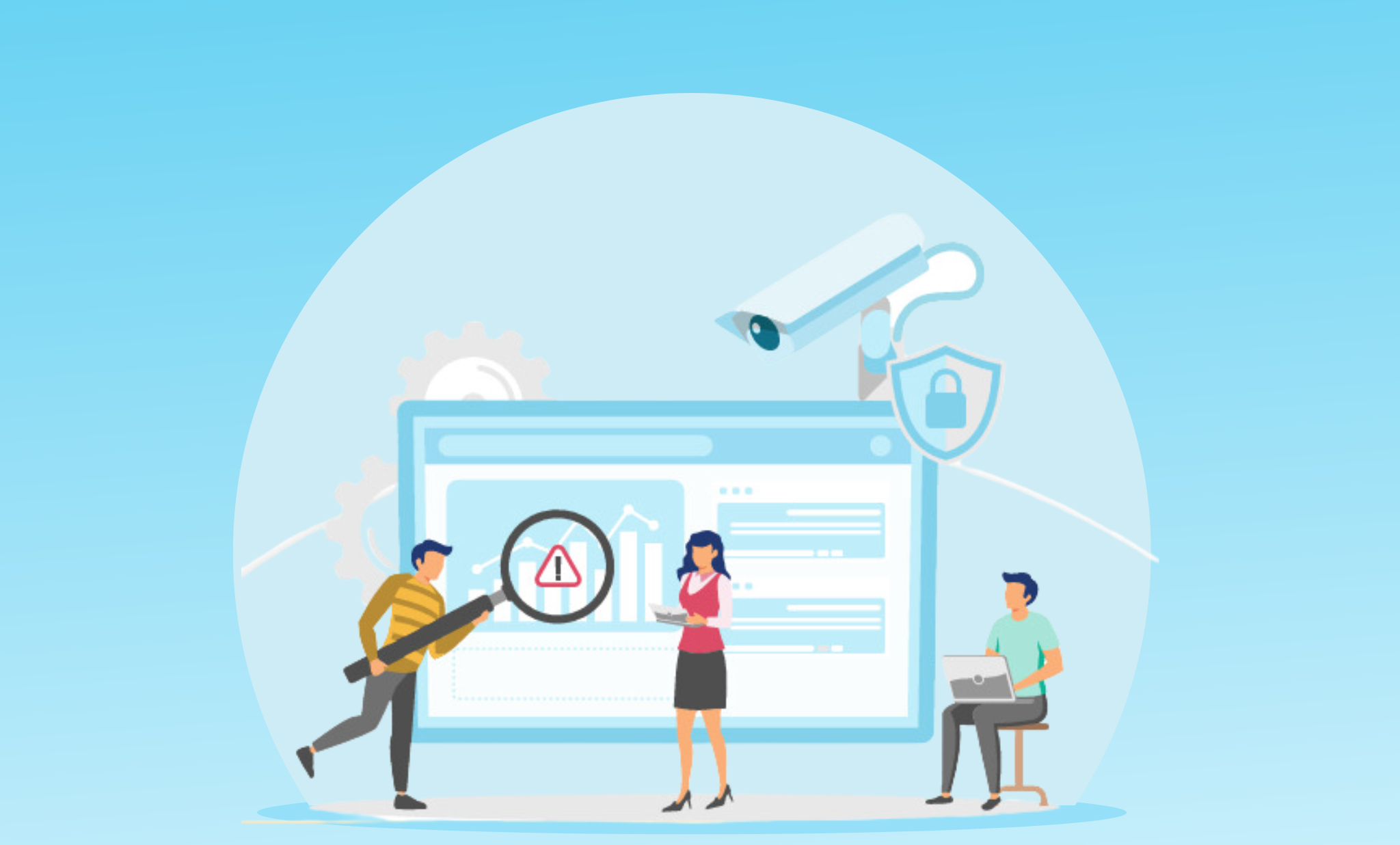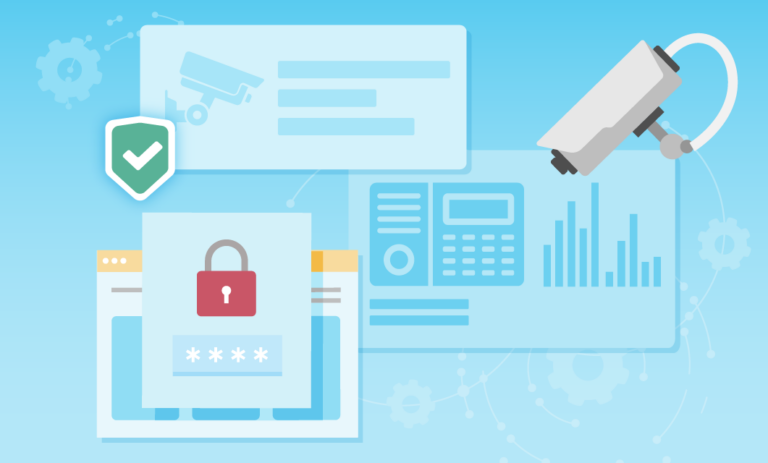
Physical security is a challenging and complex job, but it can also be very rewarding for those who enjoy taking on the challenges it presents; for those who do, connected physical security devices have become crucial to their success. These devices are supposed to help physical security professionals do their jobs efficiently and reliably, and they essentially do.
At the same time, these devices often increase the burden on physical security team members because they require a lot of active management. Device management is not how physical security leaders and team members want to spend their time, and in most cases, it’s not the main goal their organizations had in mind when hiring them.
Simply put, managing physical security devices is vital, but it’s a bummer. It’s boring for those who have to do it, and it eats up resources that their teams could use elsewhere.
But it doesn’t have to be like this. Organizations can take steps to relieve their physical security team members of the burden of managing their connected devices.
As this post will explain, automating the management of these devices can free up your physical security team members to spend more time and energy handling their other responsibilities – without compromising on device management. This way, you can empower your organization to provide physical security as efficiently and reliably as possible.
Why device management is such a hassle for physical security professionals
Physical security professionals have a wide variety of responsibilities. Managing connected devices is just one part of their job – a critically important part, but not one that they typically enjoy. It’s tedious, it can quickly become overwhelming, and it’s not usually the thing that attracted them to the field of physical security in the first place.
Given the scale and variety of typical organizations’ fleets of connected physical security devices, maintaining all of those devices properly is a massive task. Given the various steps involved in maintaining them, trying to do so manually is hugely time-consuming for physical security employees.
When these professionals spend so much time maintaining connected devices, they have less time and energy for their other core responsibilities. Not only does this take a toll on job satisfaction, but it effectively means physical security teams have less security-providing ability than they would if they didn’t need to spend valuable work time on device maintenance.
However given the high stakes in managing physical security devices, trying to save time by cutting corners is not a good option. The key is increasing efficiency for any organization looking to free up physical security team members to focus on their other core responsibilities without creating a severe risk of extended and undetected downtime.
An unreliable status quo
Worst of all, the conventional, manual approach to managing physical security devices is ineffective.
After all the time and effort that physical security teams put into maintaining their devices, these devices still often have problems from inadequate maintenance. When those issues arise, a lack of constant and comprehensive monitoring can mean they don’t get addressed—or even discovered—for a long time.
Those problems can include gaps in physical security, as insufficient maintenance can cause technical issues that result in downtime, preventing cameras, access control systems, and other connected physical security devices from performing their essential functions.
This situation can also result in cybersecurity vulnerabilities and compliance issues when key maintenance processes such as firmware upgrades, password rotations, and certificate management don’t take place as necessary for a given physical security device, making it easy for hackers to target this device. An organization’s lack of active device maintenance leaves consumers’ sensitive information vulnerable to cybercriminals (for example), which can wreak havoc on the organization legally and financially.
Letting physical security professionals do what they do best
In the face of these challenges, automation offers physical security teams a better alternative. By comprehensively automating the management of your connected physical security devices, you can relieve your physical security team members of the burden of monitoring and maintaining these devices.
This approach allows physical security team members to focus on their other professional responsibilities and improves the management of physical security devices.
When device maintenance takes place automatically, it helps prevent errors that could result in downtime, cyber vulnerabilities, or compliance problems. When devices are automatically monitored comprehensively around the clock, real-time information flow significantly improves. This way, when device issues arise unexpectedly, you can discover and address them rapidly.
Taken together, these benefits enable your physical security leaders and team members to focus more on doing what they do best – while enhancing both your device management approach and overall security posture.
For a broader look at how to protect your organization by modernizing your approach to device management, check out The Guide to Future-Proofing Your Physical Security.




